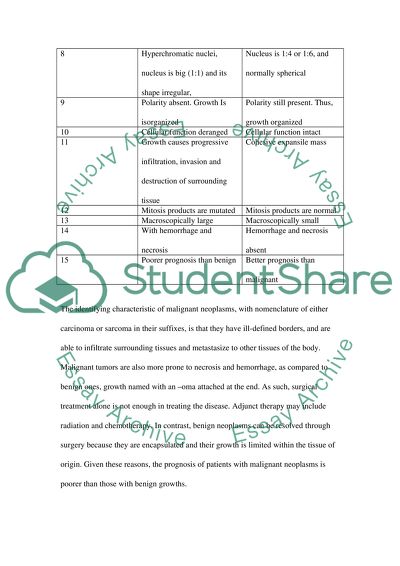Cite this document
(“PATHOLOGY & BIOCHEMISTRY MODEL DEGREE EXAM QUESTIONS Coursework”, n.d.)
Retrieved from https://studentshare.org/biology/1393842-model-exam-questions-for-pathology-and
Retrieved from https://studentshare.org/biology/1393842-model-exam-questions-for-pathology-and
(PATHOLOGY & BIOCHEMISTRY MODEL DEGREE EXAM QUESTIONS Coursework)
https://studentshare.org/biology/1393842-model-exam-questions-for-pathology-and.
https://studentshare.org/biology/1393842-model-exam-questions-for-pathology-and.
“PATHOLOGY & BIOCHEMISTRY MODEL DEGREE EXAM QUESTIONS Coursework”, n.d. https://studentshare.org/biology/1393842-model-exam-questions-for-pathology-and.


